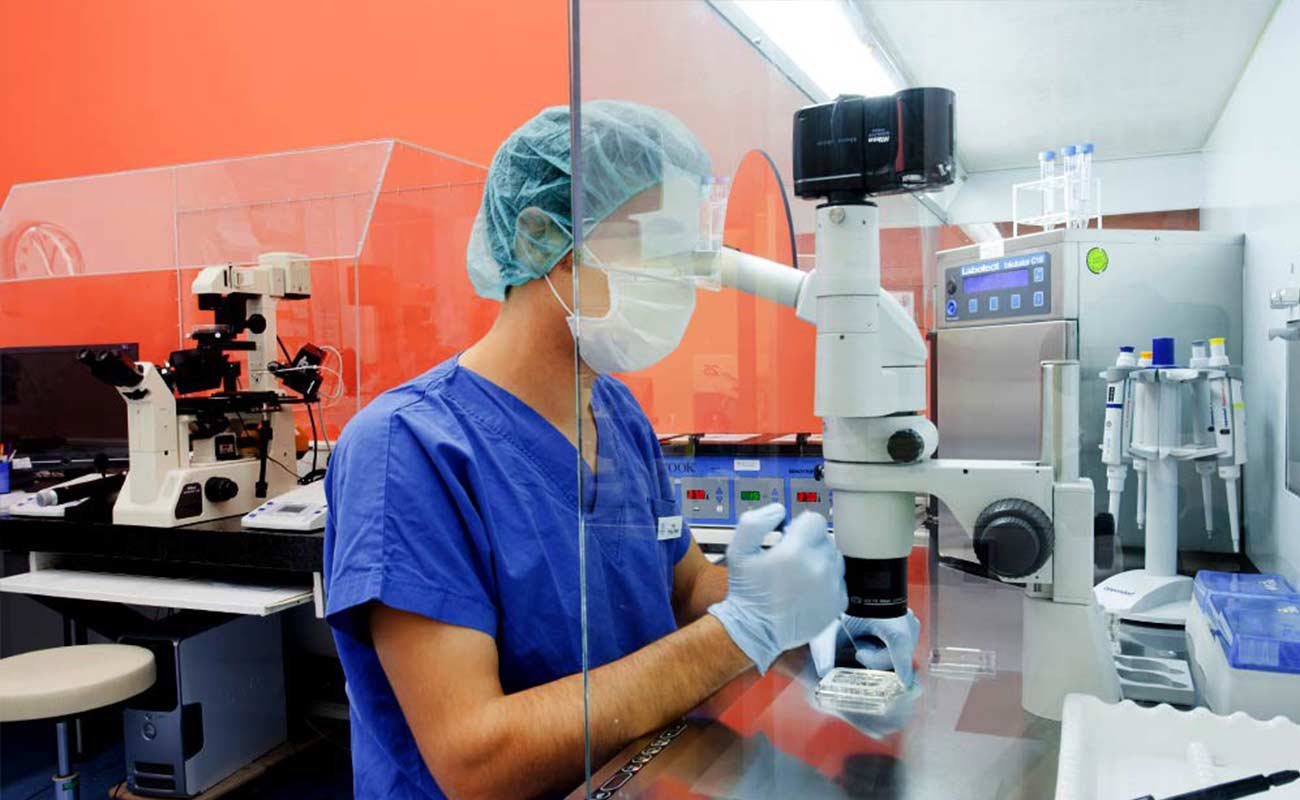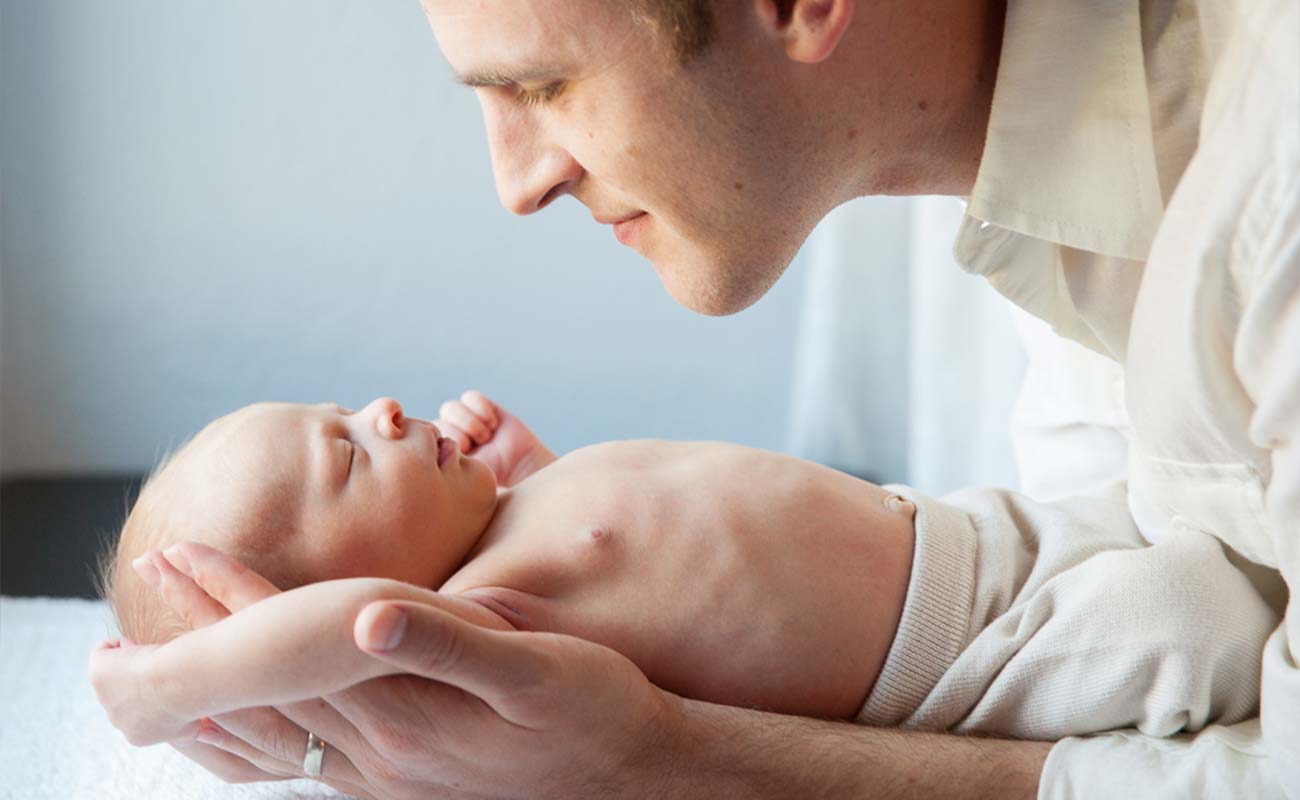Assisted Hatching is a laboratory procedure performed mostly on cleavage stage embryos (Day 3 of In Vitro development) before being transferred back to the patient’s womb.

During the Assisted Hatching procedure, a small opening is made in the outer shell of the embryo, called the zona pellucida. In order to assist the embryo in breaking out of this shell to facilitate the implantation process.
Assisted Hatching has usually being performed by means of mechanical force using a microneedle and by acid digestion of the outer shell. At Fertility Specialists of Texas, we use the latest cutting-edge laser technology to provide our patients with the fastest, safest and most uniform way of Assisted Hatching available today referred to as Laser Assisted Hatching. Assisted hatching with a laser is faster and easier to set up compared to the acid method.
During Laser Assisted Hatching, the outer shell of the embryo is breached by firing a few laser pulses. The laser is fired far away from the cells of the embryo so that the cells are not damaged. This process only takes a few seconds to complete per embryo minimizing the time each embryo is exposed outside of the incubator.
The most common indications are:
1) Advanced maternal age (>37 years old).
2) Patients with elevated Day 3 follicle stimulating hormone (FSH).
3) Thick and/or abnormal egg shell.
4) Poor quality/slow developing embryos.
5) Embryos exhibiting excessive fragmentation.
6) Patient with 2 or more previous failed IVF cycles.
The risks
Current research suggests that this procedure is no more likely to cause an abnormality to the baby than IVF without Laser Assisted Hatching. The outer shell of the embryo is the only one being treated leaving the embryo unharmed.
How
As can be seen in the video (above), there is a circle of colored light that shows where the laser will fire. The beam itself is invisible and when it is pulsed we can see the effect, but can not see the laser beam itself.
A laser works by releasing energy in the embryo's shell - thereby vaporizing or dissolving it. Because of the heat generated it must be used cautiously so that cells are not heated significantly.
In the example of embryo hatching shown in the video, the laser is pulsed 3 times to create a complete gap in the shell. The exact technique can vary based on the spot size, power settings, technique, etc.
Some studies have shown that assisted hatching can improve IVF success rates as compared to cases without it. However, there are no published, well-controlled studies showing superiority of laser IVF hatching as compared to using the acid Tyrode's method.
Lasers are usually used to perform trophectoderm biopsy. Therefore, when an in vitro fertilization laboratory sets up to do trophectoderm biopsy they would often get a laser and would likely start using it for their hatching procedures.
Sources: indiraivf, advancedfertility, fertilitytexas, academic.oup.com
Submit Comment